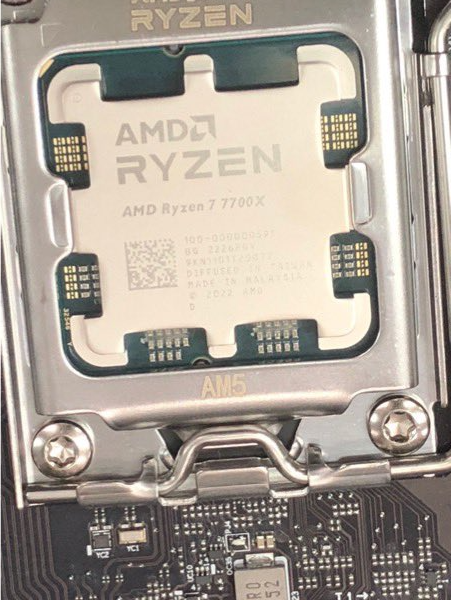d3athf1sh
[H]ard|Gawd
- Joined
- Dec 16, 2015
- Messages
- 1,243
The AMD Ryzen 7 7700X features 8 cores and 16 threads with a base clock speed of 4.5 GHz and a boost clock speed of 5.4 GHz. The CPU is supposed to have a TDP of 105W and should cost around $480
read all about it here:
https://respawnfirst.com/amd-ryzen-7-7700x-pictured-installed-on-am5-motherboard/

read all about it here:
https://respawnfirst.com/amd-ryzen-7-7700x-pictured-installed-on-am5-motherboard/

![[H]ard|Forum](/styles/hardforum/xenforo/logo_dark.png)

